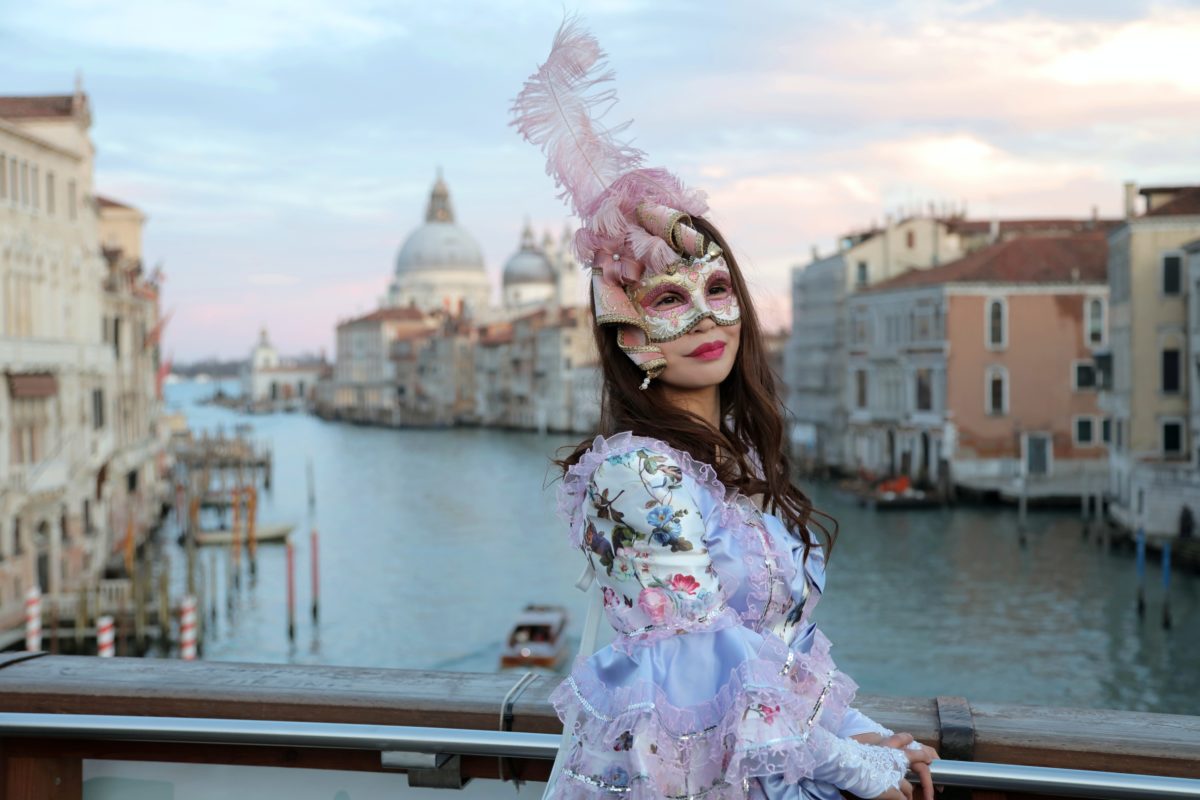Venice has for the last few decades followed a mass tourism model. This meant millions of visitors every year in the small island city. In 2018, for example, the city saw more than 30 million tourist arrivals. Such numbers were the trend until the ongoing pandemic began in China around December 2019 with Italy becoming the epicenter of pandemic in Europe. Consequently, Venice, like many other popular tourist destinations in Italy and Europe, was deserted. One year later things have not changed much and the future of tourism in Venice remains in limbo. The silver lining, however, was that the city was for once free of the hordes of humanity that descend on it every year. The waters were clear once again and the local Venetians could walk through the streets more freely.
This will be an opportunity to move towards intelligent tourism. With tourists who take time to understand and get away from the frenetic tours of pre-Covid times
This silver lining has led the city administration to reconsider the mass tourism model that has hitherto been implemented in Venice. According to the deputy mayor, the city might have to limit the number of tourists arriving in the port city post-COVID-19. They are calling this the shift from mass tourism to intelligent tourism. The city’s mayor Simone Venturini says “This will be an opportunity to move towards intelligent tourism. With tourists who take time to understand and get away from the frenetic tours of pre-Covid times”. The city administration and residents as well want to reduce the number of day trippers, locally referred to as mordi e fuggi, and encourage tourists who stay longer. Daytrippers are often accused of treating cities like theme parks. They only arrive for a day and spend most of their time around major attractions. La Serenissima, as Venice is often referred to by locals, is a small port city. Thousands of day-trippers lagging around major attractions centers clogs up streets and denies the locals the freedom to enjoy their own city on a daily basis. As the city begins to gradually open for tourism post-pandemic, the city administrators want to encourage more slow tourism.
The major policy proposal for post-COVID recovery, therefore, is to market Venice as a city rather than an attraction. By target long stay tourists over day-trippers, the city of Venice sees the re-opening of tourism as an opportunity to change the tourism model completely.
